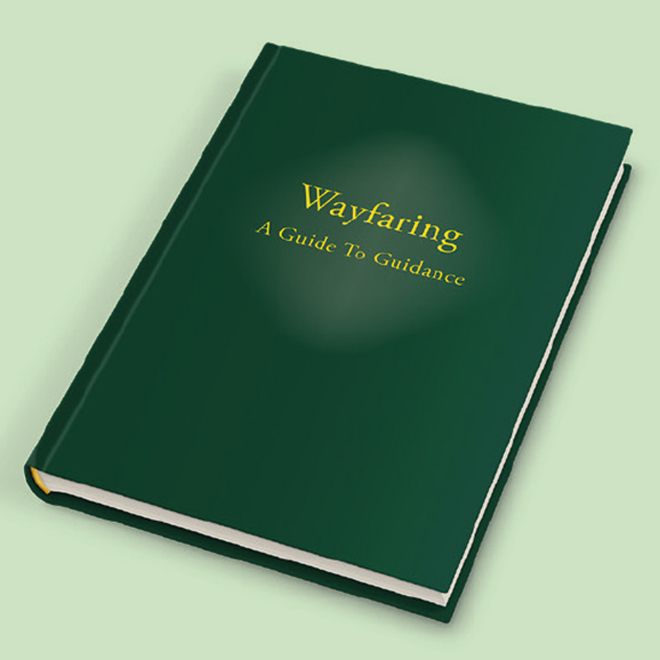Bethlehem. Photo: Photo: Christian Aid / Sarah Malian.
O little town
Symon Hill visits the Holy Land
‘My children left for school and when they got home, there was this horrible wall, nine metres high,’ says Arlette. She stands behind the counter of her gift shop on the edge of Bethlehem. Were it not for the number of nativity sets, it could be anywhere in the world. Things look rather different on the outside. Arlette has far fewer customers now that the shop is surrounded on three sides by the ‘separation barrier’, built by Israel’s government between Israeli and Palestinian areas.
